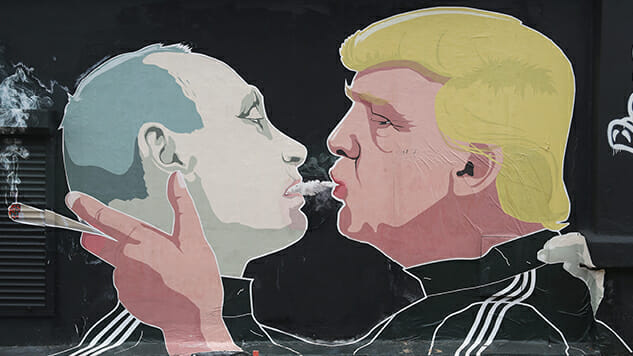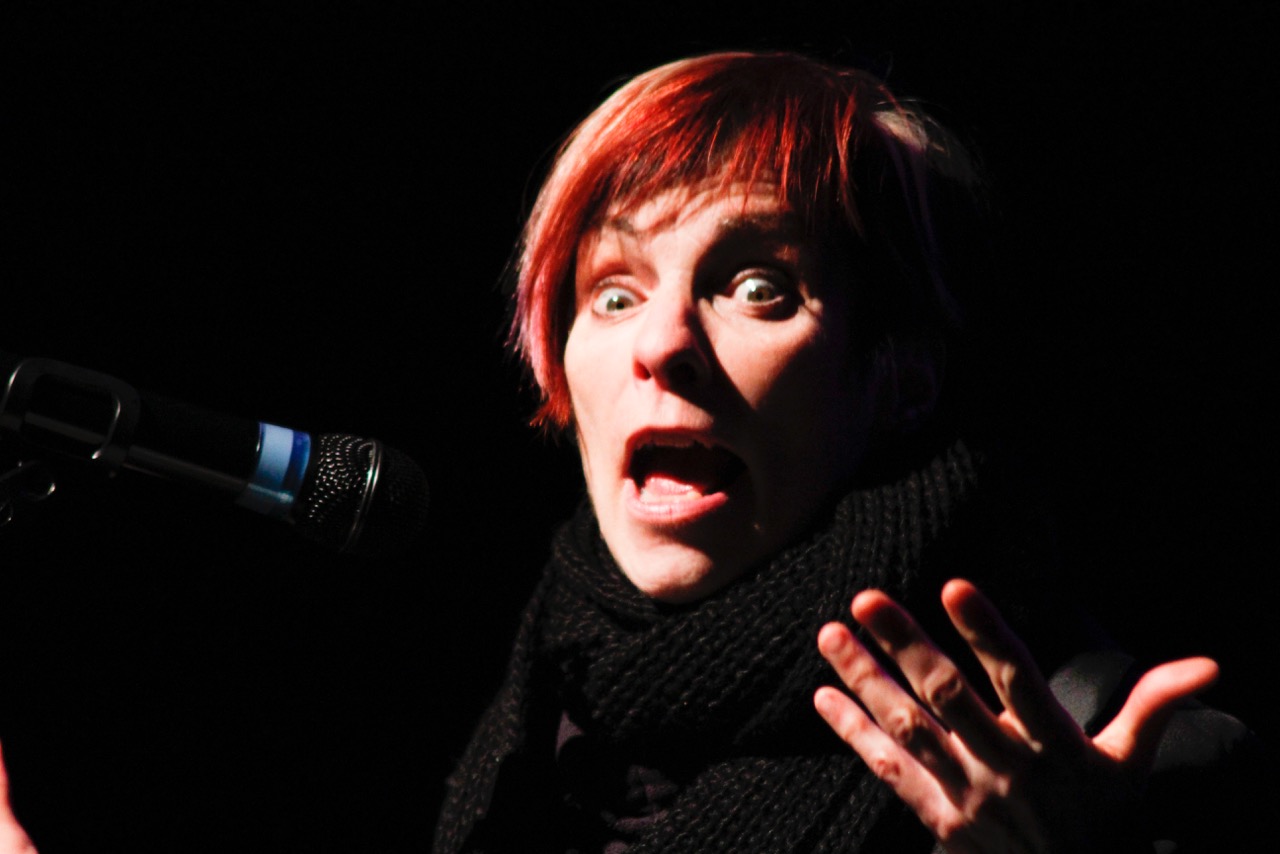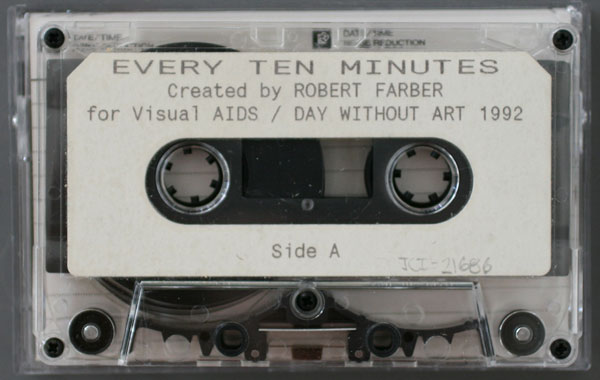Party Like It’s Not My President’s Day
A Conversation with New Artist Coalition Founder & Performance Artist Holly Hughes
Photos courtesy of Visual AIDS, Holly Hughes, Erin Markey/Kristen O'Reilly and Sean Gallup/Getty
It came out of being so utterly despondent, as were so many of us, after the election. I became sort of two-dimensional, so I just casually put out the call to all ‘Nasty Women and Bad Hombres’ to stage their own form of artistic dissent. And these smaller events would be magnified by the fact that they would all be held on President’s Day.
Far from a stranger to moments of activism within the art world, performance artist Holly Hughes proves herself to be timeless agent for political dissent. Most recently having founded Bad and Nasty, a coalition of artists, media makers, and performers, the nearly 62-year-old former member of the NEA Four has amassed a band of intergenerational recusant artists, all of whom find themselves grappling with how to continue to create amidst total socio-political bedlam.
On Monday, February 20, cities in red states, blue states, and even cities across the pond, will stage their own Not My President’s Day series of DIY performance events, aiming to mobilize ongoing resistance and channel anger into artistic activism. Paste spoke with Bad and Nasty founder and Ann Arbor based performance artist, Holly Hughes, about her recent return to the main stage of right-brained resistance.
Find a Not My President’s Day event near you
Paste: I can’t help but notice the breadth of participants in Bad and Nasty—people we read like Eileen Myles and people we read about frequently like Lois Weaver and Karen Finley—who were some of the original players. How did this idea first come to fruition?
Holly Hughes: Well, I sort of casually posted on my Facebook page, issuing a call to all “bad hombres and nasty women” who felt down and ready to perform their art in the name of resistance after the election. And within just a couple of hours, I received positive responses from a couple thousand people saying they wanted to be a part of this potential project, so I thought “Oh my, what’s happened here?” Fortunately, Lois Weaver, a London and New York based artist with a long history of political organizing and with whom I’ve done a lot of work, immediately jumped on board as well as social media guru Mary Jo Watts, and before you know it, we had people contacting us saying, “I’m gonna do one in New York,” “I’m gonna do one in LA,” “I’m gonna do one in London.” More surprising to me, though, were the folks who began to organize things outside of these larger cities—places like Charleston, South Carolina, far upstate New York. From smaller cities to rural towns and places in primarily red states, it was so heartening to see people just go for it.
Paste: Do you feel that as an artist who’s been thrown into the fires of social activism before that this time it’s different or that there’s a greater sense of urgency?
Hughes: In a way, I’m in the process of rediscovering myself as an activist. I’ve been in discussion with Lois [Weaver], who’s also of my generation, about what this landscape might look like or what I might have to offer. At first I felt like maybe it was a moment for me as a 62-year-old (almost), white lesbian to take a step back, but then I sort of realized, no actually, I do have something to say to the moment and, partially, it’s just the memory of living through other really difficult moments. I have to say, though, I think this dwarfs anything in my adult experience, just the thought that maybe we could get blown up because the president tweets something crazy. I mean that would’ve been hyperbolic, you know, ten years ago, and now it feels like it’s a real possibility. 
I’m old enough to remember Nixon getting elected, Nixon getting impeached, and the election of Ronald Reagan, who I was against at the time, but being as young as I was, I don’t think understood how bad it was. Now, as a professor at the University of Michigan, I look at my students and I think that although they really have a hard time with what’s going on, they have a certain natural optimism that comes with being a younger person. They think, “it’s going to get better, it’s got to get better, my generation is more progressive.”
And I don’t want to burst their bubbles, but I think for me, how bad this is and how bad it could be for so many people, hits me hard from the perspective of being older, if that makes any sense. It obviously doesn’t mean the same thing to say that you’re gay or lesbian or queer, especially in a blue state or a blue city, then it did 30 years ago. But also, being a feminist seems in some ways like a lateral change. It’s bad and it’s not any better—the only thing that’s changed is the year. I think awareness of your own mortality makes you more aware of the fragility and the mortality around you—and I think that includes the fragility of democracy.
Paste: Having seen so much in the way of social movements within and around the art world, was there any one specific model you had in mind for Not My President’s Day?
Hughes: Well, the performances really do vary—from readings to performance cabarets to dance-based performance. Some may be highly curated whereas some may be open mic-style. So when considering a visual model, we immediately thought of a smaller scaled demonstration done in the same fashion as World AIDS Day. When the group Visual AIDS organized the first Day Without Art in 1989, it was really put out there for arts organizations and artists to interpret however they pleased. Yes, it was one singular day of mourning and action in response to the AIDS crisis, but the response could look like so many different things—maybe you had a speaker, maybe you draped paintings with black material, maybe you did special programming, maybe you canceled programming. This loose rubric made it very easy for people to buy in, so we wanted to make something that was as grassroots and as simple as possible.
-

-

-

-

-

-

-

-

-

-

-

-

-

-

-

-

-

-

-

-

-

-

-

-

-

-

-

-

-

-

-

-

-

-

-

-

-

-

-

-









































